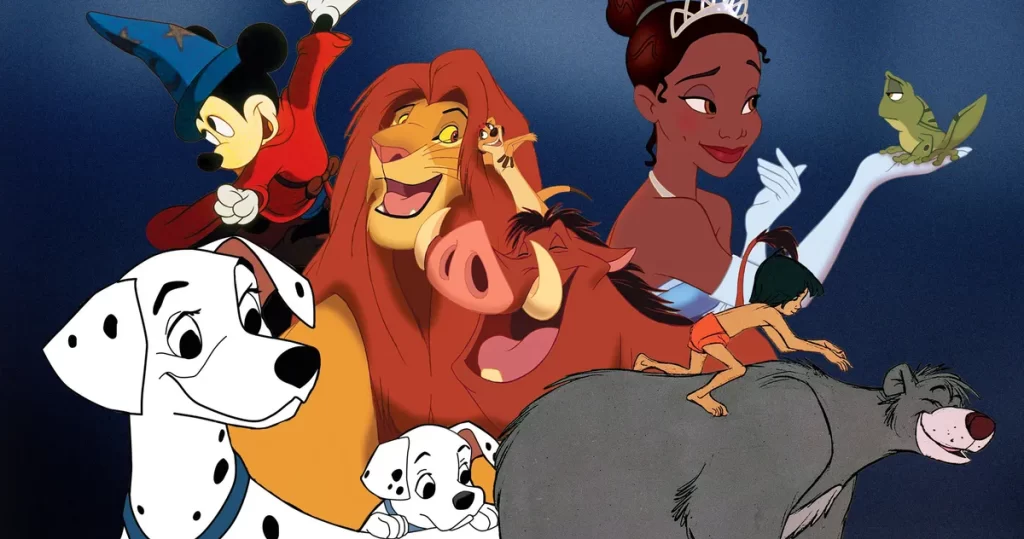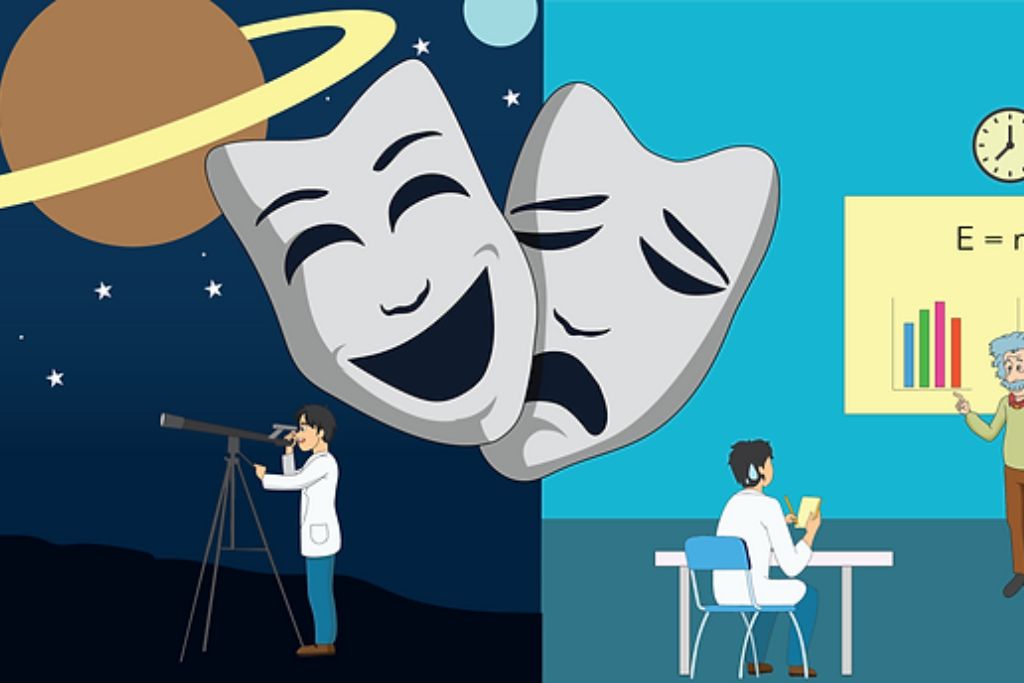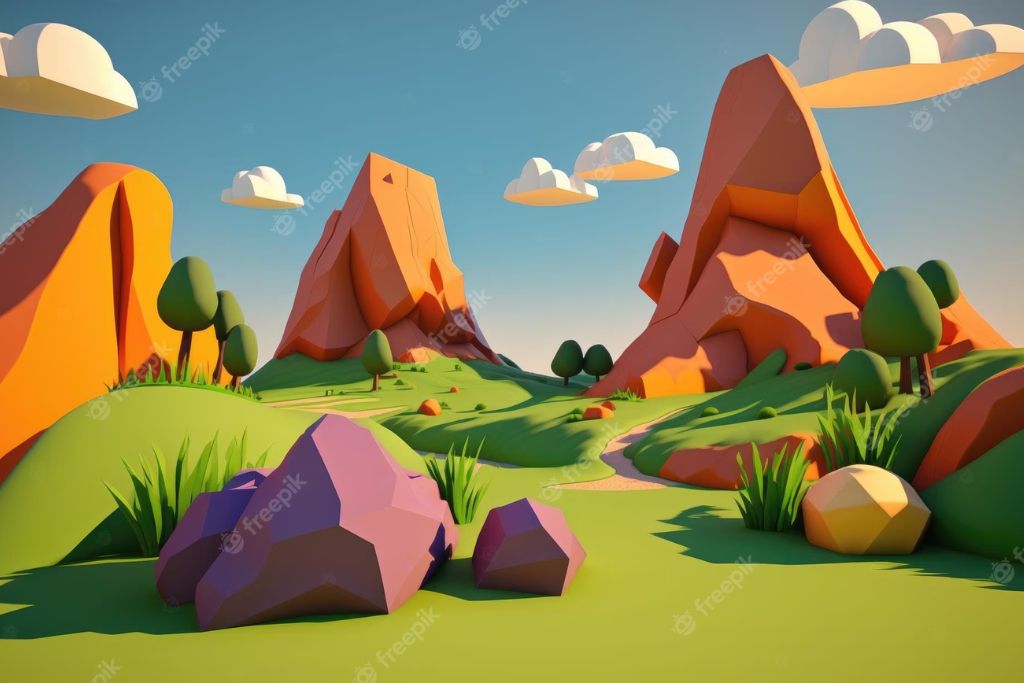Animation has come a long way since its inception in the early 20th century. From simple drawings on paper to complex computer graphics, animation has evolved into a powerful medium for storytelling and entertainment. In this article, we will explore the history, art, science, business, and future of animation. Whether you’re a fan of classic cartoons or a lover of modern animated movies, this article will provide insight into the world of animation and why it continues to captivate hearts and minds around the world.
The History of Animation
Animation has been around since the early days of filmmaking. One of the earliest examples of animation is the 1895 film “The Arrival of a Train at La Ciotat Station” by French inventor George Méliès. This film featured stop-motion animation techniques, where objects were physically moved frame by frame in order to create the illusion of movement.

Over time, animation techniques have evolved, with the introduction of sound and color making films more engaging and immersive. Today, animation is a billion-dollar industry that spans across all genres, from children’s entertainment to blockbuster movies. Its impact on popular culture cannot be overstated, as it continues to captivate audiences worldwide.
The Art of Animation
Animation is a form of visual storytelling that has captivated audiences for decades. It involves the creation of characters, backgrounds, and scenes that come to life on the screen through the use of technology such as computer graphics or traditional hand-drawn techniques. Animation has evolved over time, from simple drawings to complex digital renderings, and it continues to push boundaries in terms of creativity and innovation.

In this section, we will explore the art of animation and how it brings stories to life. We will discuss the different styles and techniques used in animation, as well as some of the most iconic films and characters that have made a lasting impact on the industry. From Disney classics like Snow White and the Seven Dwarfs to modern blockbusters like Pixar’s Toy Story, animation has proven to be a powerful medium for telling stories and capturing hearts and minds around the world.
The Science of Animation
Animation is not just a form of art, it is also a science. The science of animation involves the use of mathematical formulas and computer software to create realistic movements and characters. This process requires a deep understanding of physics, kinetics, and anatomy.
The animation industry uses various tools such as motion capture systems, 3D modelling software, and digital rendering engines to create stunning animations. These tools allow animators to create complex movements and expressions that were once impossible with traditional animation techniques.

One of the most important aspects of the science of animation is the study of human movement. Animators must understand how the body moves in order to create realistic characters that behave like real people. They also need to know how to manipulate the timing and pacing of movements to create an emotional impact.
Another critical aspect of the science of animation is the use of motion capture technology. Motion capture involves using cameras and sensors to track the movements of actors and objects in real time. This data is then used to create digital characters that can perform complex actions and movements.
The Business of Animation
The business of animation is a complex and ever-evolving industry. From the production of animated films and television shows to the creation of video games and virtual reality experiences, the animation industry employs thousands of people worldwide. In order to succeed in this industry, animators must have a deep understanding of the business side of animation as well as the creative side.

They must be able to manage budgets, negotiate contracts, and navigate the legal landscape of the industry. Additionally, they must stay up-to-date on the latest technology and trends in the field to remain competitive. With so many moving parts and stakeholders involved, it can be challenging to navigate the business side of animation. However, with the right knowledge and skills, animators can build successful careers in this exciting and dynamic industry.
The Future of Animation
The future of animation looks bright and promising as technology advances and new techniques are developed. One of the most exciting developments in animation is the use of virtual reality (VR) and augmented reality (AR). These technologies allow animators to create immersive experiences that transport viewers into a different world. This has the potential to revolutionize the way we experience animation and can open up new opportunities for storytelling.
Another area of growth in the future of animation is the use of artificial intelligence (AI). AI can be used to automate tasks such as character design and background creation, freeing up animators to focus on the more creative aspects of animation. Additionally, AI can be used to analyze large amounts of data and provide insights into audience behaviour, allowing studios to tailor their animations to specific audiences.

As technology continues to evolve, it is likely that we will see even more advancements in the field of animation. From 3D printing to holographic projections, the possibilities are endless. However, it is important to remember that at its core, animation is still a form of storytelling. Whether using VR or AR, AI or traditional animation techniques, the goal remains the same – to capture hearts and minds with compelling and engaging narratives.
Animation has long been enchanted by its ability to evoke emotion. “Animation Technology – What’s Next?” explores animation’s exciting future. Technology is crucial to animation’s appeal, as we discover. The future provides unlimited possibilities for storytelling and emotional resonance, from CGI and VR to AI-driven animation. We anxiously anticipate what is ahead for animation technology to create even more fascinating and engaging experiences.

